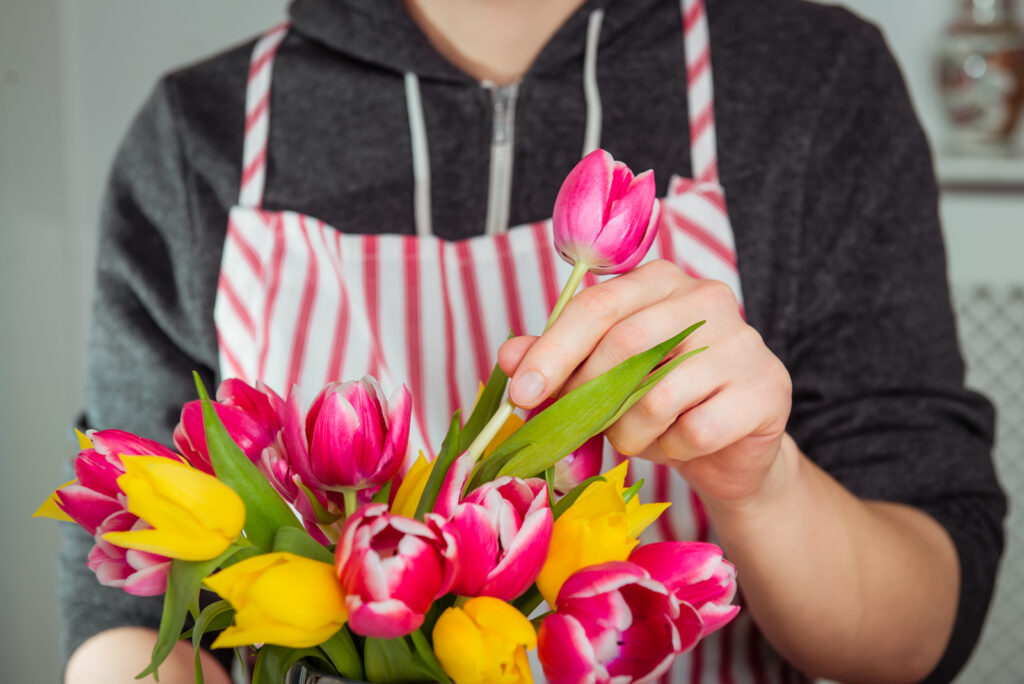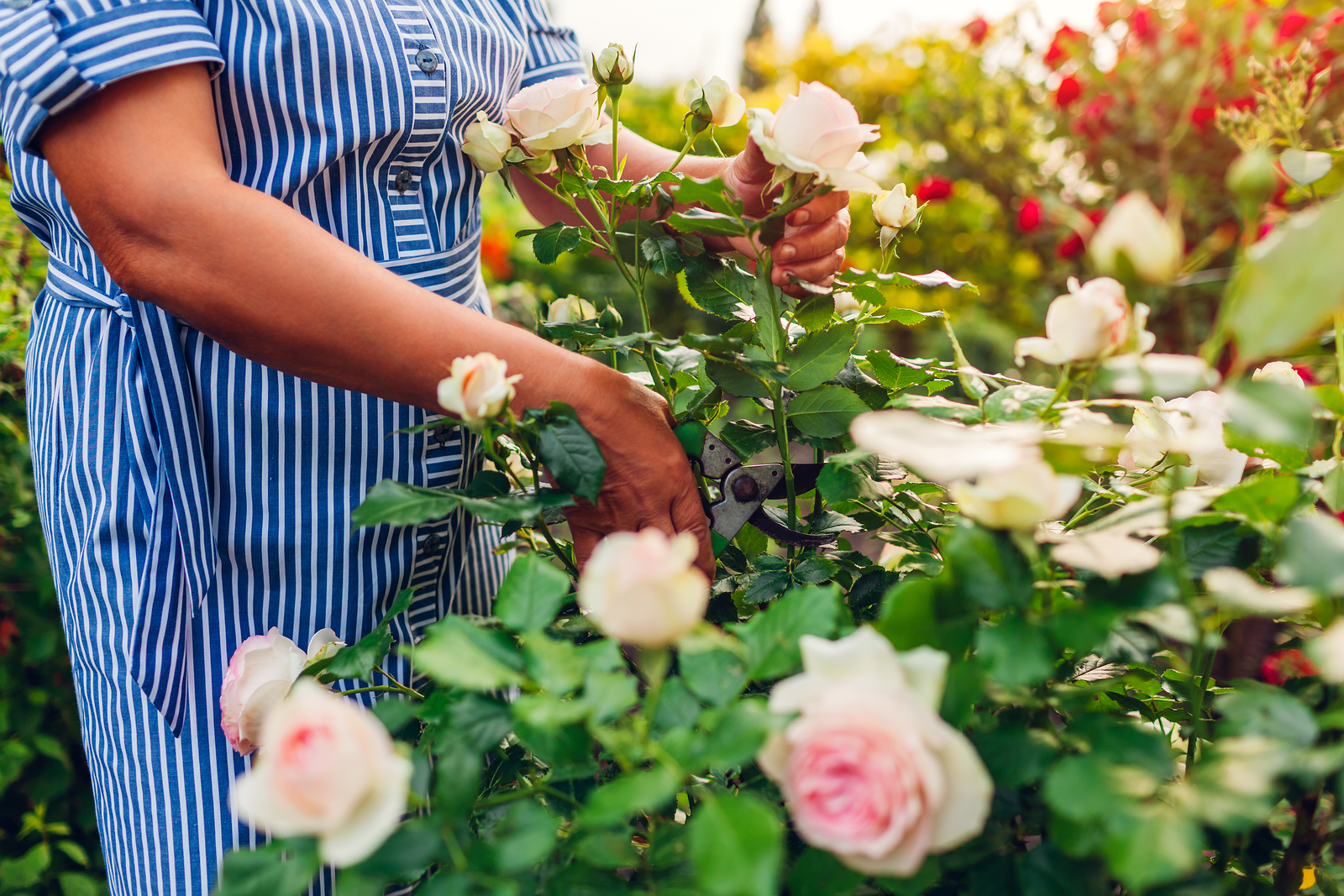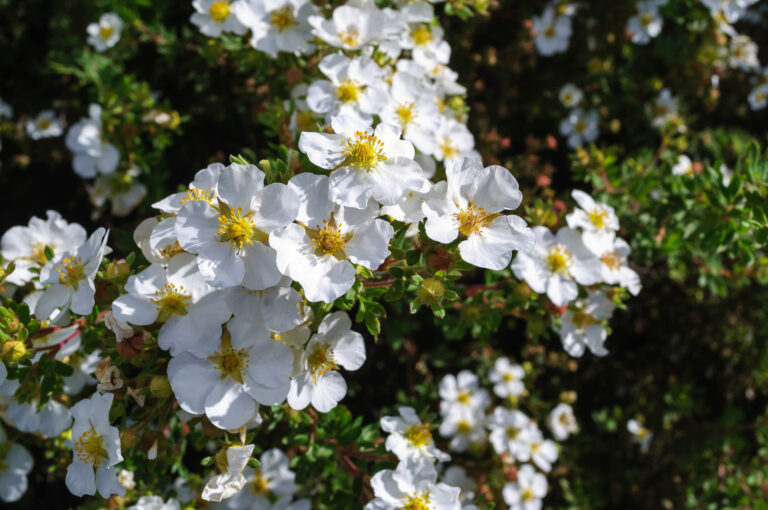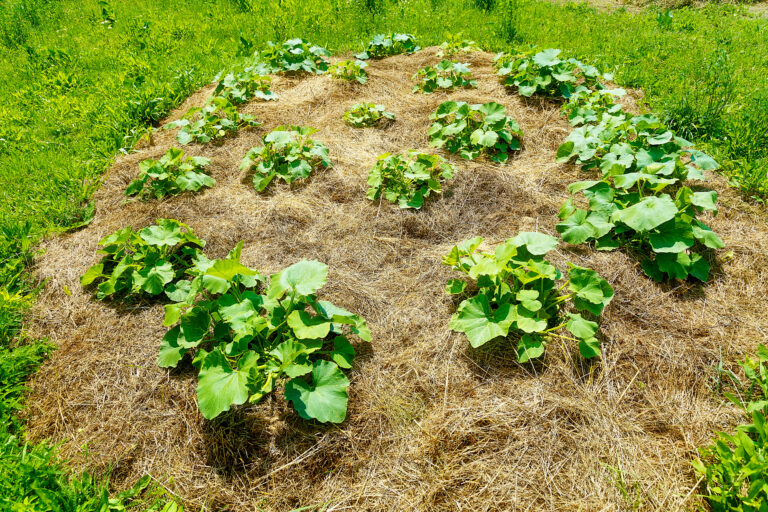Growing Flowers for Cutting
Nearly all flowers, twigs, berries, and leaves can be brought indoors and put in a vase for display. Some flowers, however, are easier to grow, cut, and display than others.
You can plant flowers for cutting. You can even dedicate a bed or even a garden for cutting flowers.
Flowers that are well suited for cutting share certain characteristics. The best flowers for cutting:
- Last a long time in a vase—anywhere from a week to three weeks.
- Have blooms that remain open for a week or more.
- Have sturdy, slender stems that make them easy to group together and arrange.
- Have petals and leaves that are firmly attached to stems and are unlikely to fall off.
- Have either a fragrance or no fragrance—depending on what is desired.
- Are free of sap that makes them difficult to handle or fouls water in a vase or bowl.

Growing flowers for cutting
Now that you know the desirable characteristics of cut flowers, here are a few tips for growing cut flowers:
- Include flowers for cutting in beds and borders; grow them close to a walkway where they can be easily cut.
- Plant cut flowers in dedicated rows and dedicated beds with paths between rows; rows can be dedicated to specific flowers.
- Stagger the planting of cut flowers; sow seeds every two or three weeks during the growing season so that flowers are ready for cutting continuously.
- Grow annuals and perennials in separate beds; annuals can be replaced at the end of a season with new annuals suited the next season, e.g. cool-weather annuals will be replaced with warm-weather annuals.
- Group cut flowers by sun and water needs to make growing easier.

Flowers for cutting
| Common Name | Botanical Name | Zones |
| Aster | Aster spp. | 4-8 |
| Astilbe | Astilbe spp. | 3-8 |
| Baby’s breath | Gypsophila paniculata | 3-9 |
| Black-eyed Susan | Rudbeckia spp. | 3-10 |
| Blazing star | Liatris spicata | 3-9 |
| Celosia | Celosia spp. | Annual |
| Chrysanthemum | Chrysanthemum spp. | 4-9 |
| Cosmos | Cosmos spp. | Annual |
| Daffodil | Narcissus spp. | 3-8 |
| Dahlia | Dahlia spp. | 8-11 |
| Delphinium | Delphinium spp. | 2-7 |
| Fressia | Fressia spp. | 8-11 |
| Gerbera daisy | Gerbera spp. | 7-10 |
| Gladiolus | Gladiolus hybrids | 8-11 |
| Goldenrod | Solidago hybrids | 3-9 |
| Iris, all types | Iris spp. | 3-10 |
| Larkspur | Consolida ambigua | Annual |
| Lavender, English | Lavandula angustifolia | 5-8 |
| Lilac | Syringa spp. | Varies |
| Lily | Lilium spp. | Varies |
| Lily-of-the-valley | Convallaria majalis | 3-7 |
| Lisianthus | Estoma grandiflorum | Annual |
| Peony | Paeonia spp. | 2-8 |
| Roses | Rosa spp. | Various |
| Scabiosa | Scabiosa caucasica | 3-7 |
| Shasta daisy | Leucanthemum x superbum | 4-9 |
| Snapdragon | Antirrhinum majus | Annual |
| Sunflower, annual | Helianthus annuus | Annual |
| Sweet pea | Lathyrus odoratus | Annual |
| Tulip | Tulipa spp. | 3-7 |
| Yarrow | Achillea spp. | 3-9 |
| Zinnia | Zinnia spp. | Annual |





